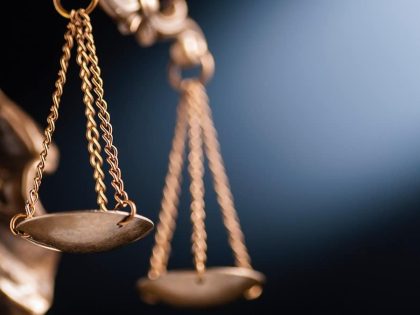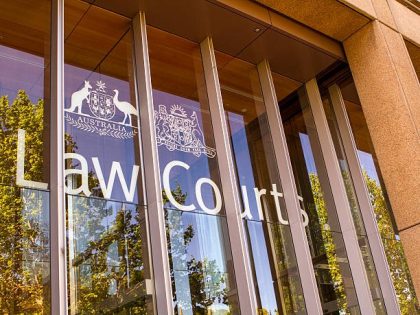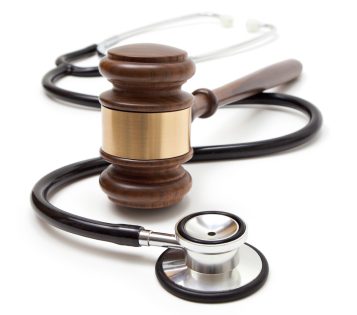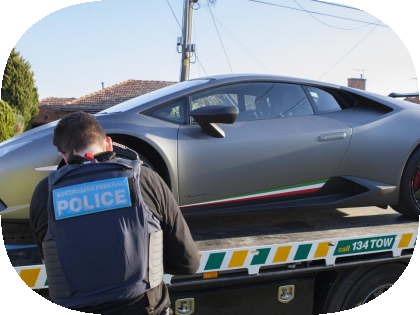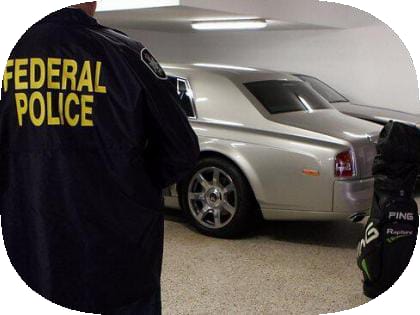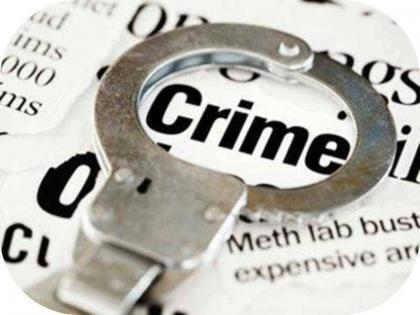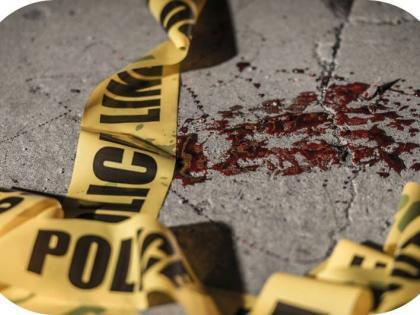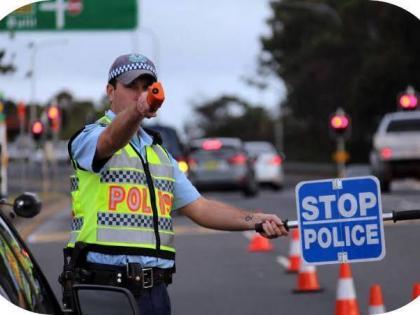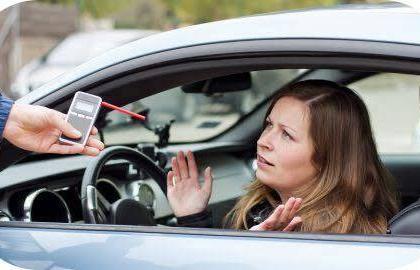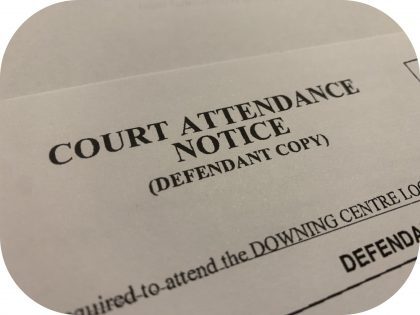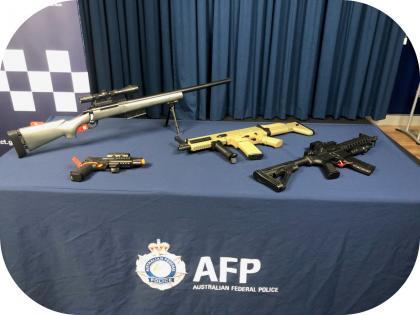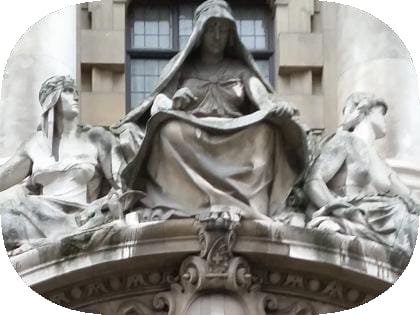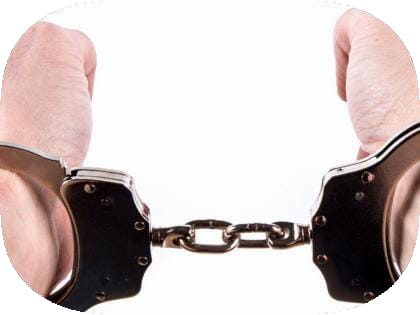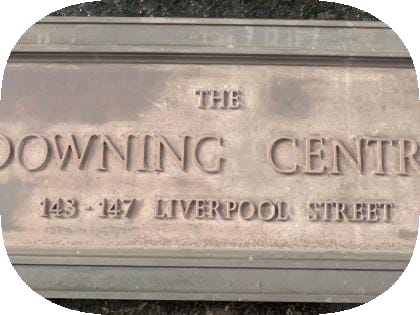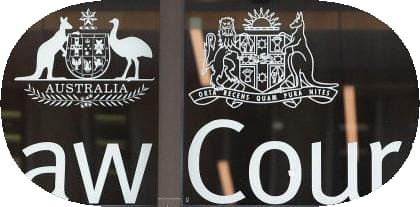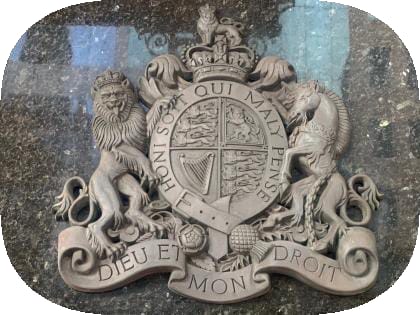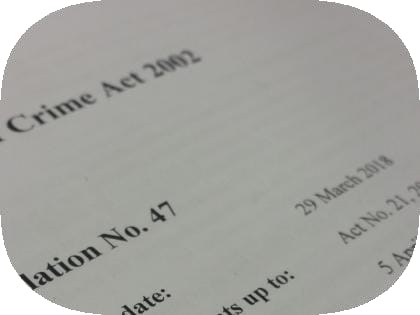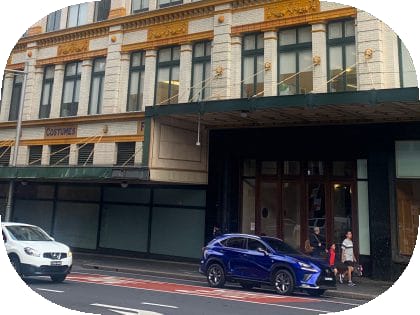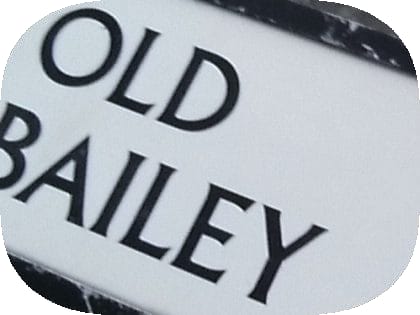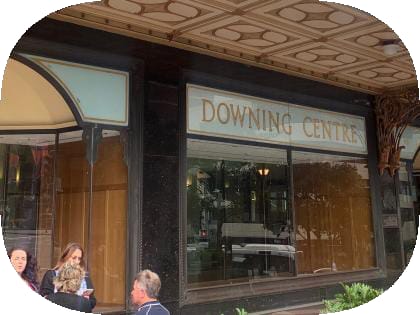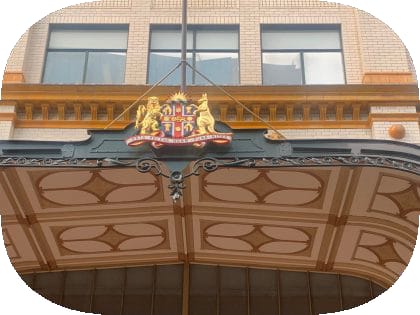How does s 137 of the Evidence Act 1995 (NSW) work?
0 CommentsWhen it comes to court trials, not all evidence is admitted! Some can be excluded under certain circumstances. This is where s 137 can come into play…
What does s 137 say?
EVIDENCE ACT 2011 – SECT 137
Exclusion of prejudicial evidence in criminal proceedingsIn a criminal proceeding, the court must refuse to admit evidence presented by the prosecutor if its probative value is outweighed by the danger of unfair prejudice to the defendant.
Essentially, persuant to s 137, the court must exclude evidence if its probative value (how useful or relevant it is) is outweighed by the risk of unfair prejudice to the accused.
What does this mean?
Probative value = How much the evidence helps to prove a fact in the case.
Unfair prejudice = Evidence that could mislead the jury or make them biased against the accused unfairly.
In simple terms, if the evidence would unfairly sway the jury or make the trial unfair, the court can refuse to let it in.
Example: When Evidence Might Be Excluded under s 137
Let’s say someone is on trial for assault, and the prosecution wants to bring up their unrelated past offences to show a history of violence.
Why exclude this?
While a criminal record might make the accused look bad, it doesn’t prove guilt in this case. If the jury hears it, they might unfairly assume guilt just based on the past—this is called unfair prejudice.
Under s 137, the judge might exclude this evidence to ensure the trial remains fair and focused on the facts of the current case. This protects the accused’s right to a fair trial.
Why is s 137 important?
This rule helps ensure that only reliable, fair evidence is used in criminal trials. It protects the accused from being convicted based on evidence that might look bad but isn’t actually helpful in proving guilt.
About Post Author
* Information contained in this article is of a general nature only and should not be relied upon as concise legal advice.
Please contact for legal advice tailored to your situation. *
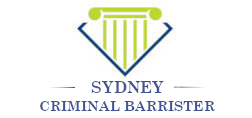

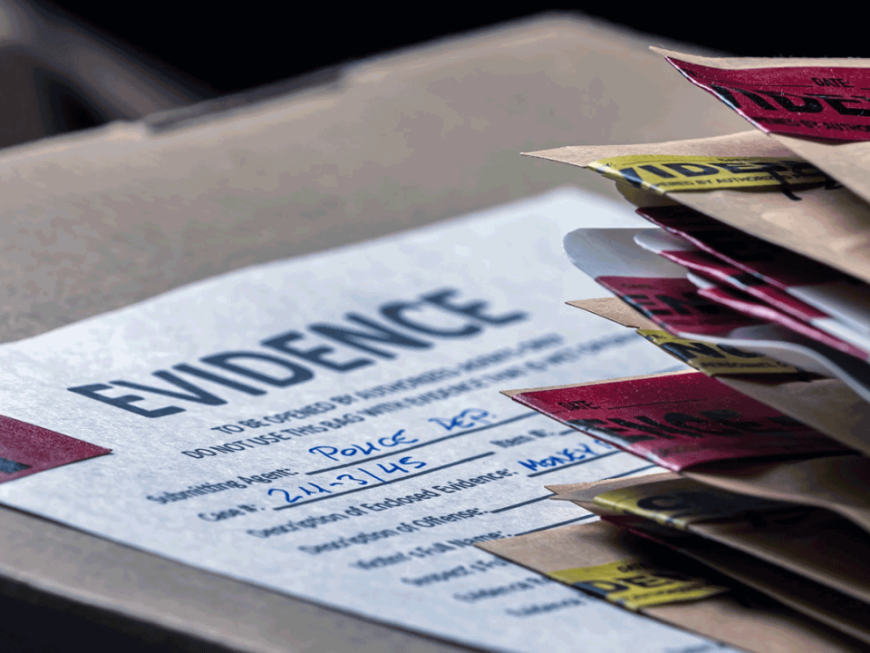
![Case review: R v Mauger [2012] NSWCCA 51](https://walkercriminallawyer.com.au/wp-content/uploads/2024/10/conviction-1-420x269.webp)
